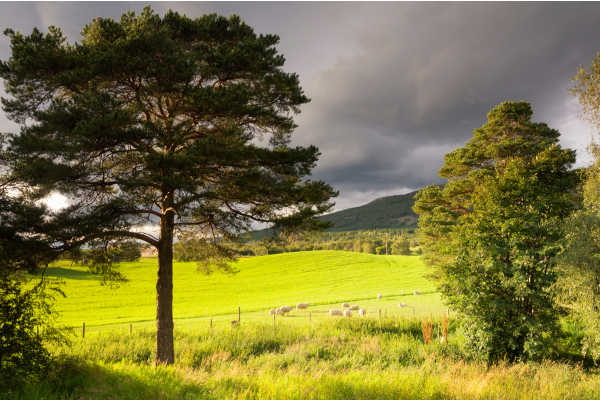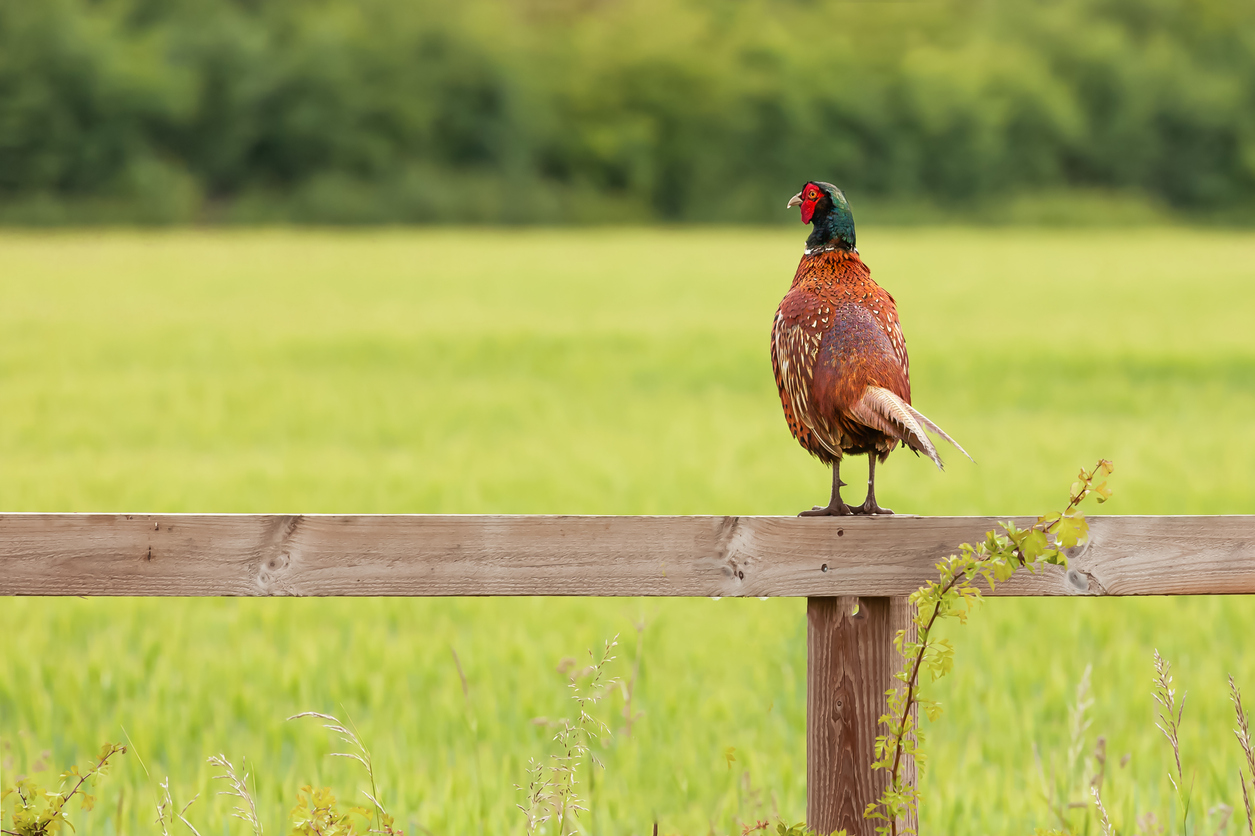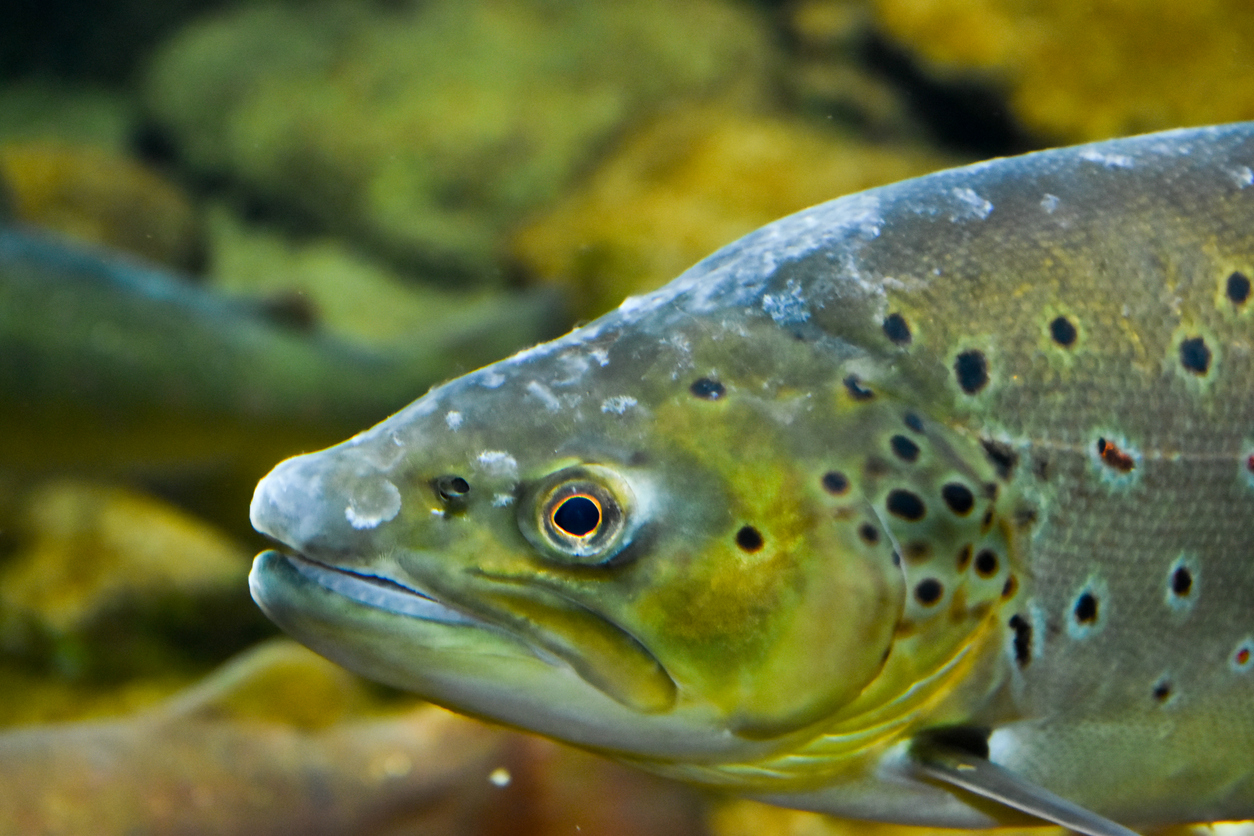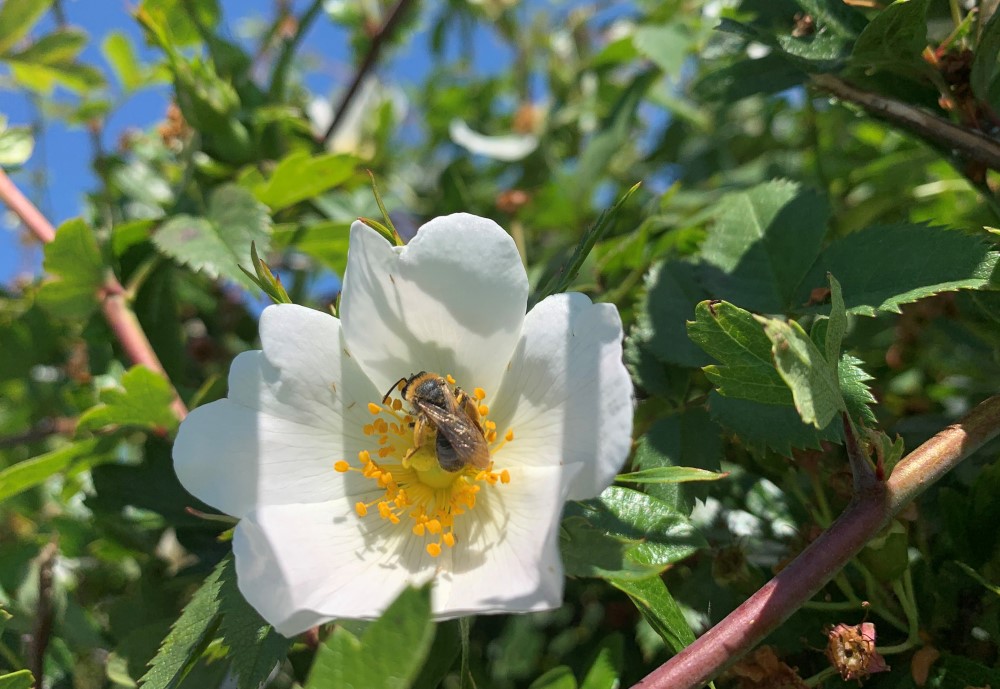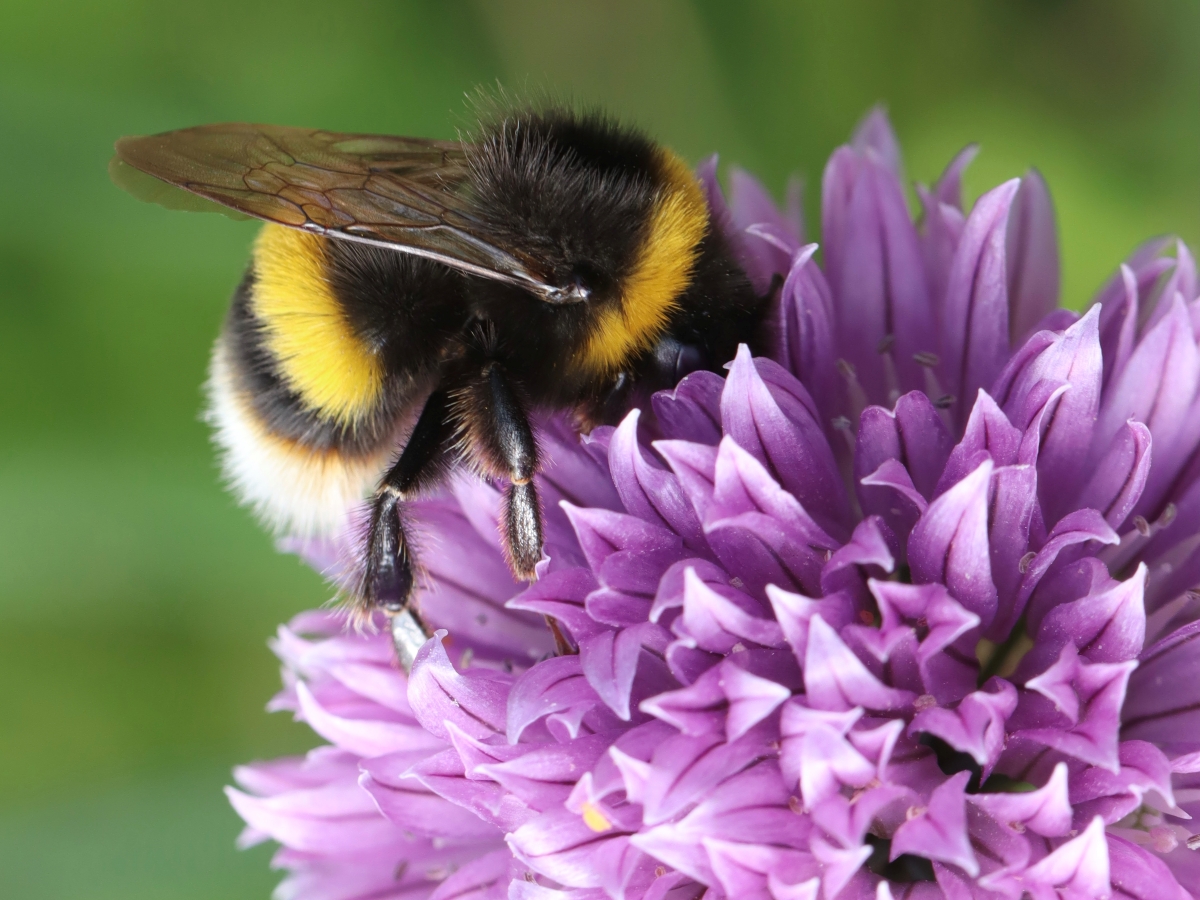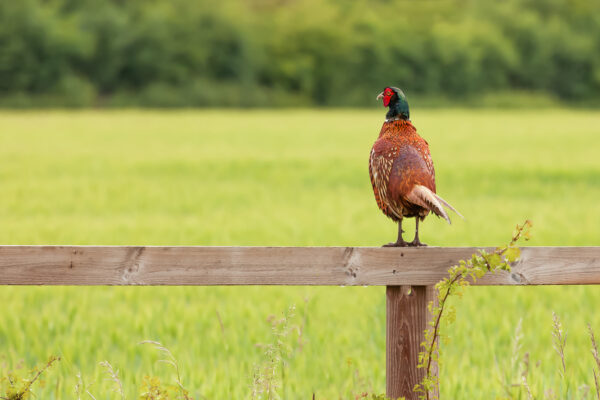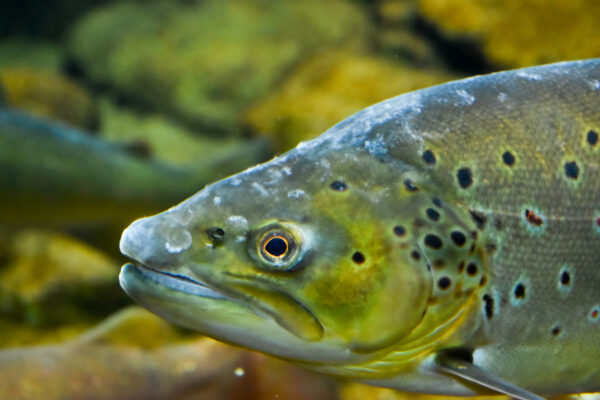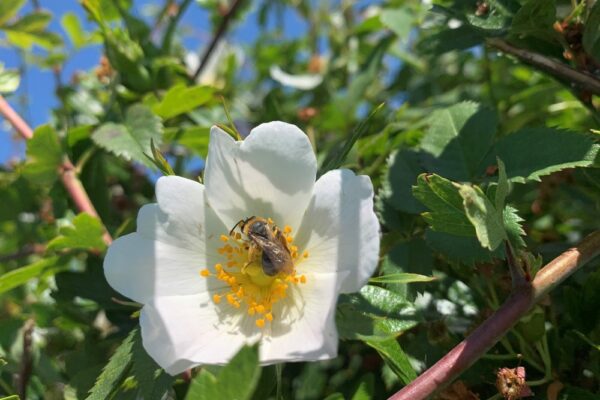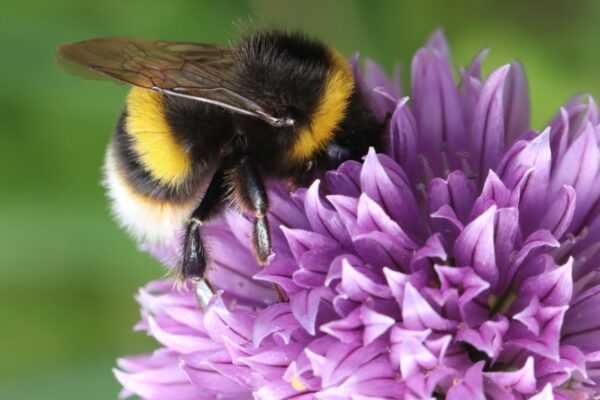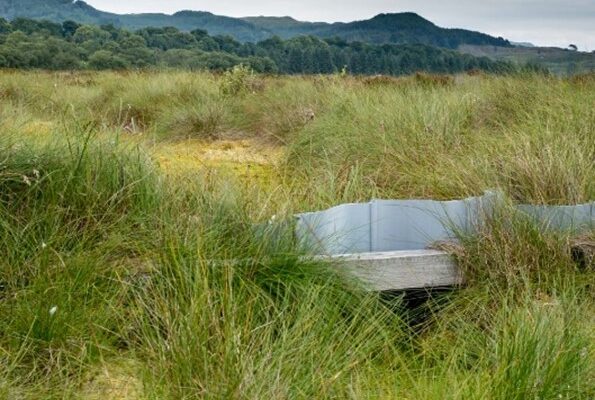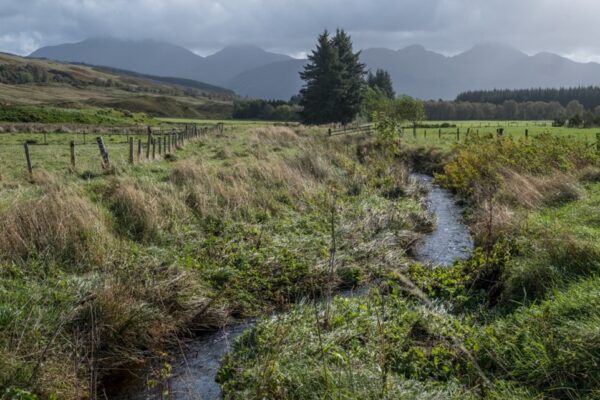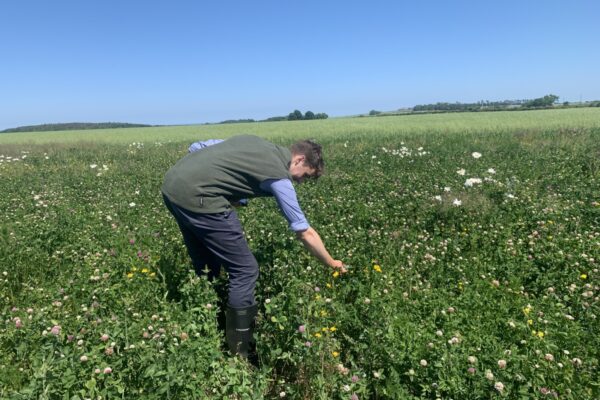Nature Restoration Fund 2025: A Call to Action for Scotland’s Land Managers
21 July 2025The Scottish Government’s Nature Restoration Fund (NRF) has returned for a new round of funding in 2025, bringing with it fresh opportunities for landowners, farmers, crofters, and community groups to make a lasting difference to Scotland’s natural environment. With two key funding streams – Helping Nature and Transforming Nature – the NRF is more accessible and ambitious than ever.
But this is more than just another funding pot. The 2025 NRF represents a moment for Scotland’s rural sector to step forward and deliver meaningful change for nature, while also strengthening the economic and environmental resilience of farms, crofts and estates across the country in light of the challenges presented by climate change and biodiversity decline.

Why restoration is urgent and possible
Scotland is globally recognised for its wild landscapes, but these ecosystems are under significant pressure. Over decades, habitats have been lost or degraded, species populations have declined, and soils and water systems have suffered from overuse and fragmentation.
The Scottish Biodiversity Strategy sets ambitious targets for nature recovery by 2045. This is not an abstract goal, it’s about restoring the ecological functions that underpin farming, forestry, and rural livelihoods: pollinators, clean water, healthy soils, and climate regulation.
Land managers are not just part of this story – they are central to it. Restoration doesn’t mean a return to the past, but a managed transition to land use that balances productivity and resilience with the need for a dynamic, living landscape. Farmers and crofters are already caretakers of much of Scotland’s land, and with support from schemes like the NRF, they can make practical, targeted changes that deliver for nature and business alike.
NRF 2025: Overview and priorities
The Nature Restoration Fund, managed by NatureScot on behalf of the Scottish Government, is focused on projects that support habitat and species restoration, improve the quality of our freshwater and coastal environments, connect nature between our urban areas and controls the spread of invasive and non-native species that can be detrimental to nature conservation efforts.
For the 2025 round, the NRF continues to offer two funding streams tailored to project scale and ambition:
- Helping Nature – for smaller-scale, locally impactful projects
- Grants available: £25,000 to £250,000
- Focus: Supporting practical nature recovery across landholdings, farms, or estates; enhancing biodiversity hotspots; restoring peatlands, wetlands, woodlands, and coastal habitats
- Examples: Fencing and planting to support native woodland regeneration, removing invasive species, pond creation, species-rich grassland restoration, or small-scale riparian buffer planting
- Transforming Nature – for larger, landscape-scale projects
- Grants available: £250,000 to £1 million+
- Focus: Projects with transformative potential—integrated land-use change across catchments or estate-level rewilding and restoration; collaborative proposals between multiple landowners encouraged
- Examples: Whole-river catchment restoration, large-scale rewetting and rewilding of peatlands, native woodland expansion over degraded land, or coordinated habitat corridors across agricultural landscapes
Each stream has clear guidance to support applicants and encourage innovative, collaborative proposals that work in tandem with agricultural activity.
Importantly, projects funded under the NRF must be unique, bespoke and should not be fundable under similar schemes, like the Agri-Environment Climate Scheme – if in doubt please seek advice from your local NatureScot team.
Funding: What's available and how it works
NRF funding is capital-focused and supports both direct land management actions and essential enabling works. For example:
- Site preparation (e.g. fencing, deer control, soil improvement)
- Planting and habitat creation (e.g. woodland, hedgerows, wetlands)
- Infrastructure (e.g. paths, water control structures, crossings)
- Machinery hire or contractor costs
- Feasibility studies and ecological surveys (particularly under Transforming Nature)
Funding Rates:
- Up to 90% funding available in most cases, depending on project type, partnership status, and co-funding.
- Projects demonstrating additional match funding or alignment with other schemes (e.g. Forestry Grant Scheme, AECS, Peatland ACTION) are strongly encouraged.
- Transforming Nature projects may span multiple years and include significant staff, design, and monitoring elements if tied to robust restoration goals.
Applications are assessed on criteria including biodiversity impact, climate contribution, feasibility, community engagement, and alignment with local and national strategies (e.g. Regional Land Use Partnerships, Local Nature Networks).
Alexander Pirie, alexander.pirie@sac.co.uk
Sign up to the FAS newsletter
Receive updates on news, events and publications from Scotland’s Farm Advisory Service

